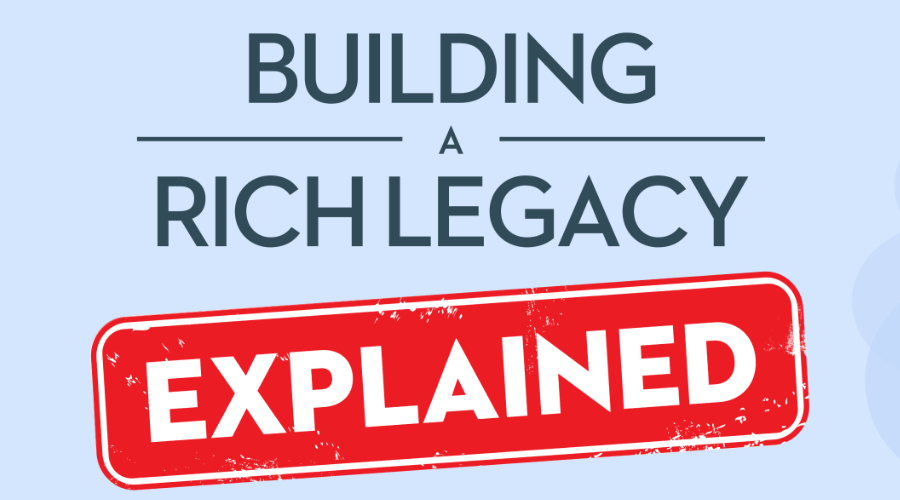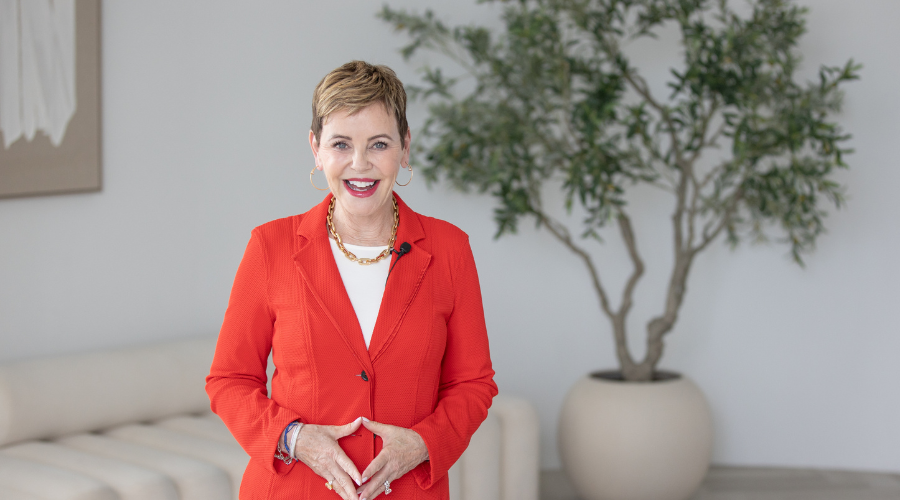There are many retirement writers in Canada and advice varies among the experts, but with the high cost of living and the unpredictable real estate market, retirement planning has gotten somewhat lost on the priority list.
Saving for your retirement is encouraged in Canada as soon as you start working. This motivates you to get a head start on saving for your retirement years. The good news is, according to the BlackRock 2015 Global Investor Pulse Survey, 47% and 42% are contributing to RRSPs and TFSAs respectively. However, the bad news is only 40% of surveyed respondents said they know how much money they need to retire and one-third of respondents have no idea at all.
When should you start retirement planning?
The earlier you start saving for your retirement, the better. If you start saving for your retirement in your late 40’s, you would need to either put more aside each year or save for longer than if you had started in your early 20’s. The reason for this is because of compounding returns.
The Canadian Retirement Income Calculator by the federal government is a comprehensive and easy to use retirement calculator to give you a sense of how much retirement income you should expect.
Factors that affect how much you need to save for your retirement
- Your Age – As mentioned above, the age at which you start saving can determine how much you need to save for your retirement.
- Lifestyle – Knowing the type of lifestyle you want to live during your retirement years will also affect the amount you will need to save for retirement. If you enjoy spending time with family at home, vs. traveling and dining out, the amount you will need to save will be very different.
- Government Benefits – Take your government benefits into account when planning how much you need to save for retirement. Canada Pension Plan (CPP), Old Age Security (OAS) and Guaranteed Income Supplement (GIS) are all federal retirement benefits that can affect how much you would need to save.
Get started on saving today
- Contribute to your RRSPs – The government gives a maximum Registered Retirement Savings Plan (RRSP) contribution limit each year, based on your previous year’s tax return. If you don’t use up the maximum, the amount gets carried forward to the next year. Try to maximize your RRSP contributions as it can lower your taxable income, and your retirement planning contributions grow tax-free. For more information on RRSPs, visit the Canada Revenue Agency website here.
- Put money in your TFSA – A Tax Free Savings Account (TFSA) allows Canadians over the age of 18 to save and/or invest money in an account that is not taxed at withdrawal. There is an annual limit as to how much you can put in the account but if you have never contributed before, you could open one and contribute a maximum of $52,000 as of 2017. For more information on the TFSA, visit the Canada Revenue Agency website here.
How can the CHIP Reverse Mortgage help in retirement planning?
The CHIP Reverse Mortgage gives you access to the equity in your home without the need to move or sell. Homeowners 55+ can access up to 55% of the appraised value of their home in tax-free cash, with no regular mortgage payments (not even interest) required. The CHIP Reverse Mortgage solution can be a great way for Canadian seniors to access their home equity to relieve them of the financial stress in their retirement years. It can also be a great way to help improve their lifestyle, help with expenses and give them the opportunity to live retirement the way they have always wanted.
More Canadians are entering their retirement with less saved and more debt than ever before. On average, Canadian seniors have cash flow concerns within 10 years of their retirement. 88% of Canadians 60+ have less than $1 million in assets. The CHIP Reverse Mortgage is no longer a solution of last resorts, it is a retirement planning solution that can help you extend the life of your retirement savings. By using the equity in your home, you can potentially add an additional 10 years to your retirement savings. After all, your home is yours. You shouldn’t have to hesitate to access the equity that you built yourself during your retirement years.































